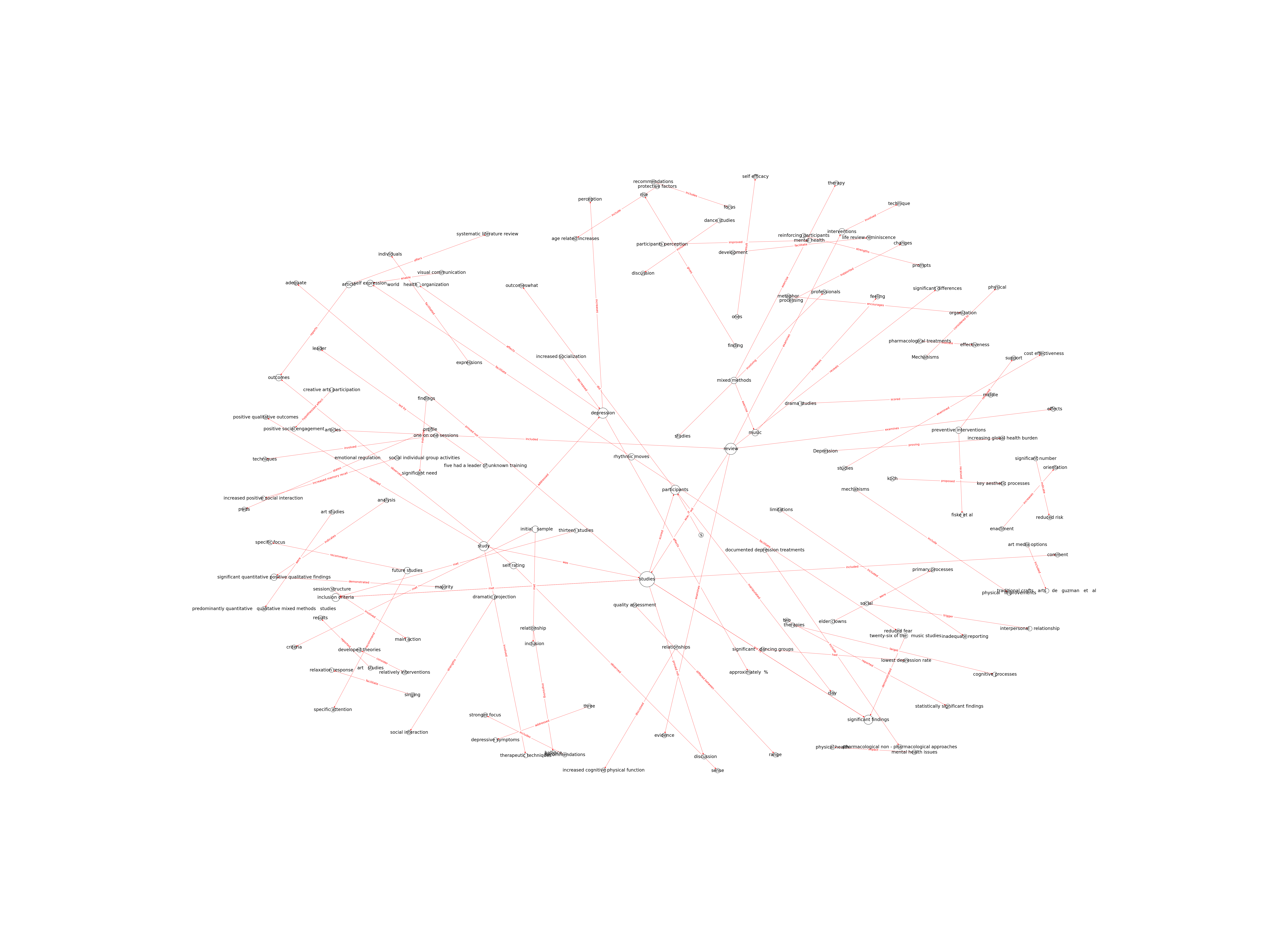| Id | 80 | |
| Author | Dunphy, K.; Baker, F. A.; Dumaresq, E.; Carroll-Haskins, K.; Eickholt, J.; Ercole, M.; Kaimal, G.; Meyer, K.; Sajnani, N.; Shamir, O.Y.; Wosch, T. | |
| Title | Creative Arts Interventions to Address Depression in Older Adults: A Systematic Review of Outcomes, Processes, and Mechanisms | |
| Reference | Dunphy, K., Baker, F. A., Dumaresq, E., Carroll-Haskins, K., Eickholt, J., Ercole, M., ... & Wosch, T. (2019). Creative arts interventions to address depression in older adults: a systematic review of outcomes, processes, and mechanisms. Frontiers in psychology, 9, 2655. |
|
| Keywords | Creative arts therapy; dance movement therapy; drama therapy; arts therapy; depression; older adults; processes; outcomes |
|
| Link to article | https://doi.org/10.3389/fpsyg.2018.02655 |
|
| Abstract | Depression experienced by older adults is proving an increasing global health burden, with rates generally 7% and as high as 27% in the USA. This is likely to significantly increase in coming years as the number and proportion of older adults in the population rises all around the world. Therefore, it is imperative that the effectiveness of approaches to the prevention and treatment of depression are understood. Creative arts interventions, including art, dance movement, drama, and music modalities, are utilized internationally to target depression and depressive symptoms in older adults. This includes interventions led by trained arts therapists as well as other health and arts professionals. However, to date there has not been a systematic review that reports effects and examines the processes (why) and mechanisms (how) of creative arts interventions are used to address depression in this older age group. This systematic review of studies on creative arts interventions for older adults experiencing depression examined: outcomes of four creative arts modalities (art, dance movement, drama, and music); with particular attention paid to processes documented as contributing to change in each modality; and mechanisms considered to result from these processes. Our analysis of 75 articles (17 art, 13 dance, 4 drama, and 41 music) indicates mostly significant quantitative or positive qualitative findings, particularly for interventions led by creative arts therapists. Mechanisms of change gleaned from the studies that were common across modalities include physical (e.g., increased muscle strength; neurochemical effects, such as endorphin release), intra personal (e.g., enhanced self-concept, strengthened agency and mastery; processing and communication of emotions), cultural (e.g., creative expression, aesthetic pleasure), cognitive (e.g., stimulation of memory), and social (e.g., increased social skills and connection), that were all considered to contribute to reduced depression and symptoms. Recommendations for future research includes stronger focus on testing of processes and mechanisms. |
|
| Metodology | This review examined studies about CA interventions, including CA therapy, intended to address depression or depressive symptoms, in older adults, across four modalities: art; dance; drama; and music; and combinations of these. We examined studies utilizing all types of research methods and designs and did not specify particular comparators. Data analysis was undertaken in a staged process. First, all abstracts found through our search were considered against inclusion criteria listed above. Those fitting the criteria sufficiently were then analyzed and data extracted in the categories of: Participants—number and gender; Facilitator—training; Intervention—duration (number, length, and frequency of sessions), control/comparison, activities (what participants actually did); Outcomes—what and how assessed; Therapeutic techniques (defined as how the therapist operates in the intervention); Processes (defined as processes seen to elicit change in the client); and Mechanisms (what occurs within the client that results in change); and Study design. Articles were then assessed for quality using COREQ (qualitative studies) or PEDro tools (quantitative studies), or both tools (mixed-method studies). The COREQ is a formal checklist for evaluating the rigor and transparency of reporting in qualitative research, particularly for interviews and focus groups (Tong et al., 2007). The PEDro tool comprises elements agreed as suitable for quality assessment of RCT studies (Verhagen et al., 1998). One point was scored for each element of the study that met the criteria and these were tallied to arrive at a quality score for each study. |
Technique | Systematic Review; OVID; COREQ; Quallitative techniques |

Note: Due to lack of computing power, results have been previously created and saved in database


